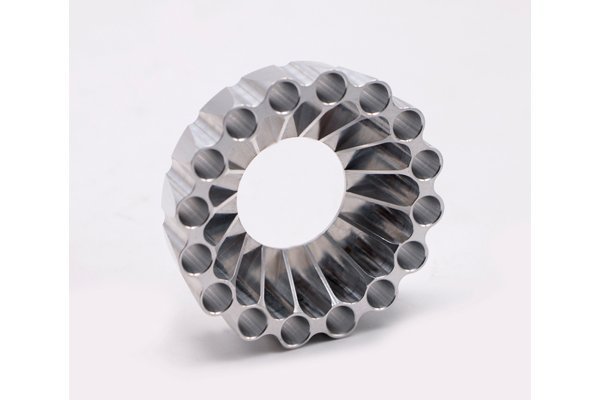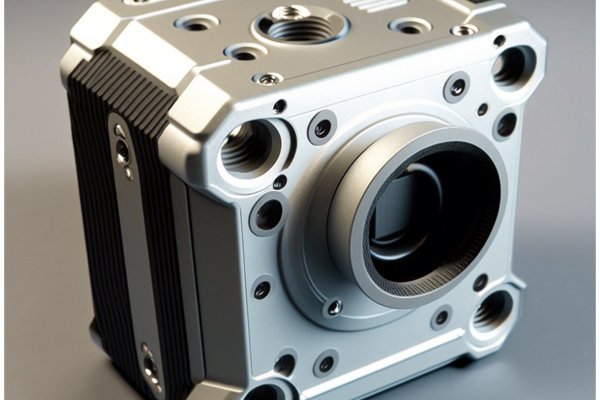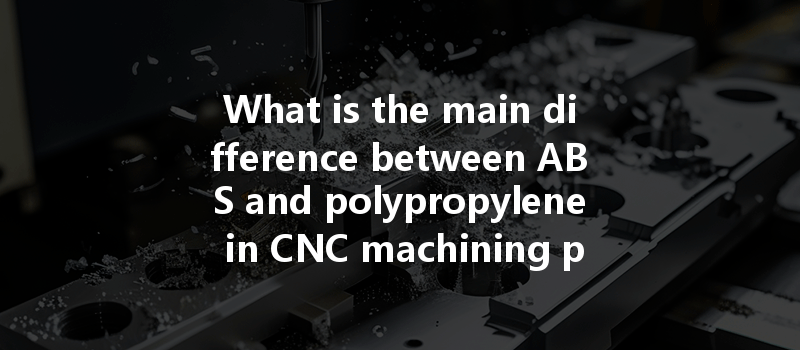*
Did you know that the global plastic consumption has skyrocketed, reaching a staggering 368 million metric tons in 2020 alone? As industries continue to turn to plastics for various applications, materials like Acrylonitrile Butadiene Styrene (ABS) and Polypropylene (PP) have emerged as two of the most popular choices in CNC machining processes. But what makes ABS and Polypropylene distinct from one another, and how does this impact your CNC machining operations? In this blog, we will delve deeply into these two prominent materials, exploring their properties, machining processes, applications, and the consequential differences, ultimately guiding you to make informed decisions for your projects.


What are ABS and Polypropylene?
Acrylonitrile Butadiene Styrene (ABS) is a synthetic thermoplastic polymer that is widely known for its strong impact resistance and toughness. It is created by polymerizing styrene and acrylonitrile in the presence of polybutadiene, which provides notable toughness. In contrast, Polypropylene (PP) is another thermoplastic polymer that is derived from the polymerization of propylene monomers. It is notable for its flexibility, chemical resistance, and lightweight nature.
Chemical Structure and Properties
ABS:
Polypropylene:
Key Characteristics of ABS and Polypropylene
The Basics of CNC Machining
Computer Numerical Control (CNC) machining is an automated manufacturing technique that utilizes pre-programmed software to control the movement of machinery, especially tools and lasers. This method has revolutionized production efficiency and precision across various industries.
Importance in Modern Manufacturing
CNC machining has emerged as a cornerstone of modern manufacturing processes, allowing for high precision and repeatability in the production of parts, especially in industries like automotive, aerospace, and consumer electronics. The capability of CNC machines to work with diverse materials, including plastics like ABS and Polypropylene, adds to their significance.
Properties That Make ABS Suitable for Machining
ABS’s favorable properties include high impact resistance, ease of machining, and good dimensional stability, making it an ideal choice for many applications. Its ability to withstand deformation makes it a go-to material for intricate parts where durability is paramount.
The CNC Machining Process for ABS

Applications and Use Cases
ABS is used in various applications, including:
Properties That Make Polypropylene Suitable for Machining
Polypropylene is lightweight and is favored for applications where resistance to moisture and chemicals is crucial. Its flexibility and durability add to its appeal in specific sectors.
The CNC Machining Process for Polypropylene
Applications and Use Cases
Polypropylene finds extensive applications in:
Strength and Durability
ABS offers superior strength and impact resistance, which makes it suitable in high-stress environments. In comparison, while Polypropylene is durable, particularly against fatigue, it is less robust than ABS for heavy-duty applications.
Machinability
Both materials are easy to machine; however, ABS can hold sharp edges better, leading to a refined finish. Conversely, polypropylene requires careful temperature management during machining to prevent melting.
Cost Considerations
ABS tends to be more expensive than polypropylene. However, the initial costs may be justified given ABS’s superior durability in many applications.
Heat Resistance
ABS can withstand higher temperatures than polypropylene, making it more suitable for applications requiring heat resistance.
Environmental Impact
Polypropylene is more environmentally friendly when recycling is considered, while ABS can be more challenging to recycle due to its composite nature.
Preparing for Machining
Recommended CNC Router Settings
For ABS:
For Polypropylene:
Post-Machining Treatments
Follow-up treatments can include:
Example Projects Utilizing ABS:
Example Projects Utilizing Polypropylene:
Summary of Key Differences
While both ABS and Polypropylene are suitable for CNC machining, their distinct characteristics make them suitable for varying applications. ABS offers strength and impact resistance, while polypropylene is lighter and more chemically resistant.
Importance of Material Selection in CNC Machining
Selecting the right material for your machining process not only affects production efficiency but also dictates the performance and longevity of the final product.
Future Trends in CNC Machining and Material Use
With the continuous advancements in CNC technology, the scope for utilizing both ABS and polypropylene is expanding. Keeping abreast of innovations in materials will be critical in maintaining a competitive edge in machining.
Understanding the fundamental differences between ABS and Polypropylene is essential for any professional engaged in CNC machining. By comprehending their properties, machining capabilities, and application use cases, you can make informed decisions that align with your project’s needs. Thus, it is crucial to weigh the pros and cons of each material carefully.
In an ever-evolving industry, having a deep knowledge base on materials like ABS and Polypropylene can lead to enhanced product quality, efficiency, and sustainability. As we embrace the future of CNC machining, keep these insights in mind to help propel your projects forward and achieve manufacturing excellence.




